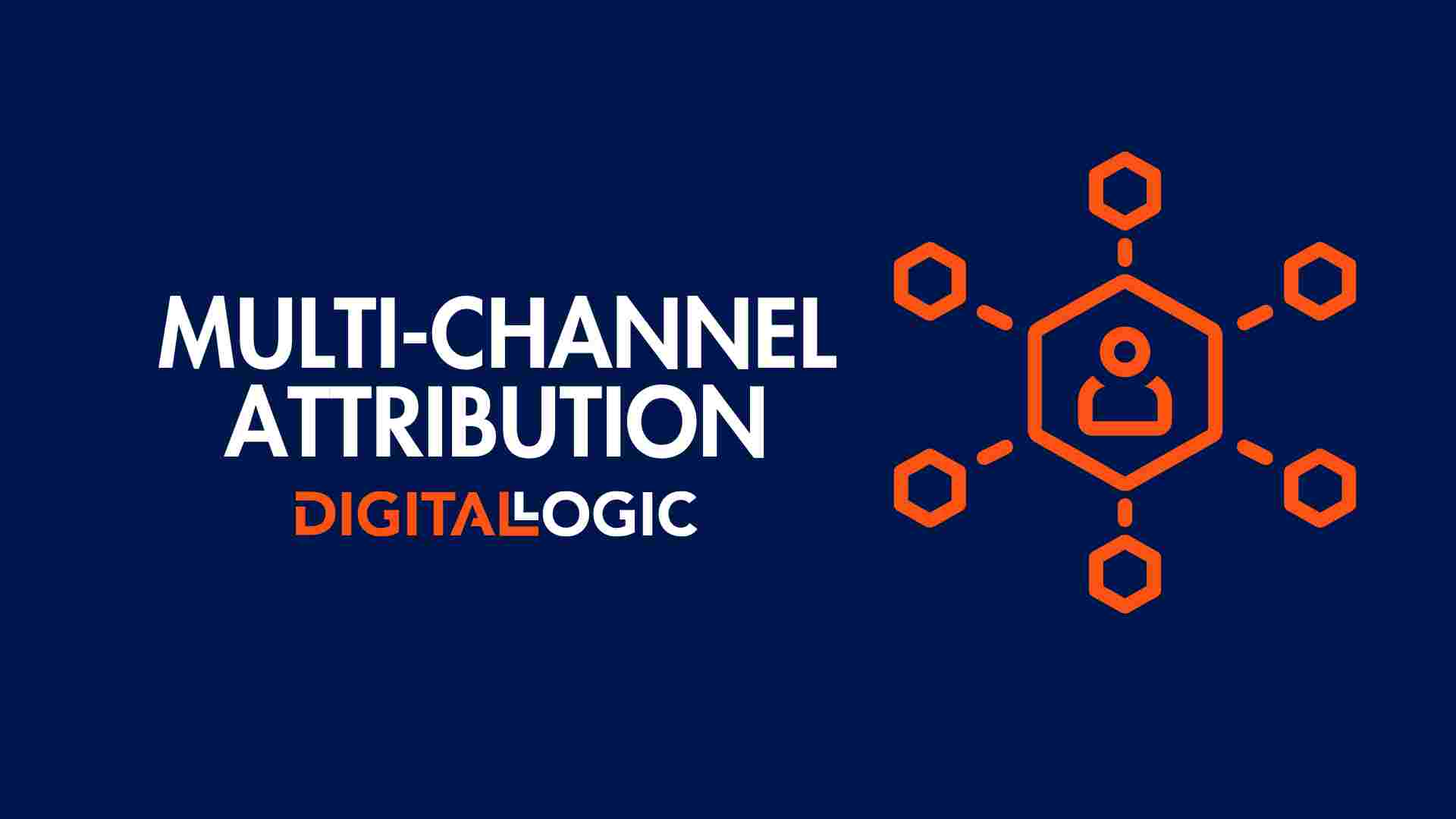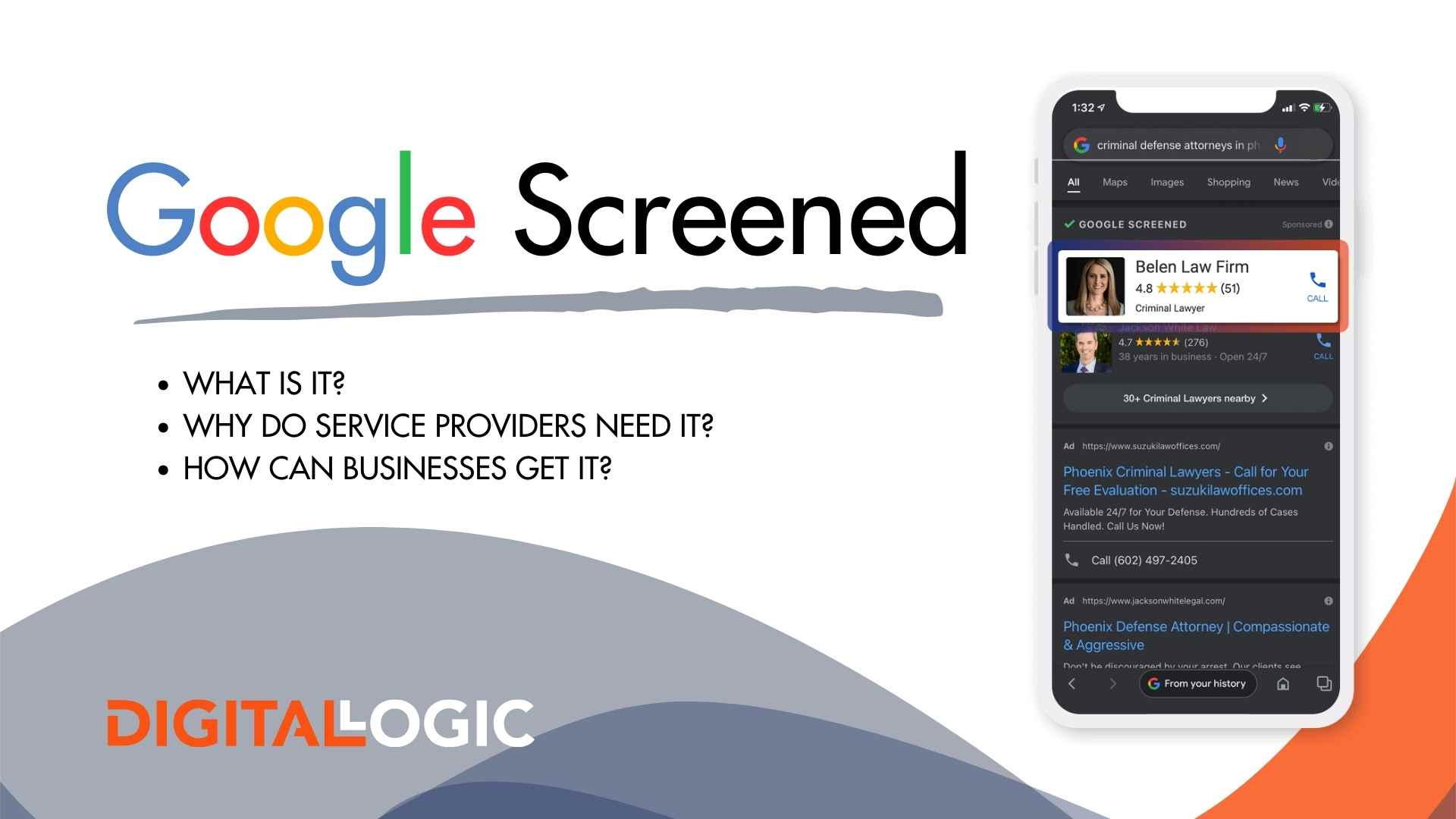Track the touchpoints that generate the most value for your business and learn how each marketing channel relates to your overall digital marketing ROI with multi-channel attribution.
Multi-channel attribution modeling is a great solution for most digital marketing agencies. However, many business owners and in-house marketers don’t truly understand how these attribution models affect their marketing performance.
We want to help!
Whether you’re new to multi-channel attribution modeling or just need a few questions answered, this guide offers answers for the multi-channel world!
What is Multi-Channel Attribution?
Table of Contents
ToggleMulti-channel attribution is how companies can determine which marketing strategy results in the most conversions.
A consumer can interact with a company through several touchpoints, including emails, social media, and organic search.
By using multi-attribution models, companies can collect data to determine which campaigns produce the most customer interactions and, therefore, can dictate where the company needs to invest more in marketing tools and increase its marketing budget.
Essentially, this helps businesses have a more complete understanding of how all the channels work together to create the complete picture of the customer journey.
The multi-channel approach begins by collecting data for all of the touchpoints that a potential customer interacted with before making a purchase or converting. Once we collect this information, attribution modeling is used to determine how different channels should be credited for the conversion.
There are several attribution models, including the linear attribution model, time decay attribution model, last touch attribution model, w-shaped attribution model, position-based models, and custom attribution models.
When comparing attribution models, each has its own rules for assigning specific credit. We’ll get into this a little later!

Benefits of Multi-Channel Attribution Models
The benefit of multi-channel attribution modeling is that each touchpoint is assigned a value that shows businesses which touchpoints resulted in the most conversions.
The online customer journey is more complicated than seeing a product and adding it to their cart. This tool can show companies which marketing avenue took a visitor and turned them into a customer or if different marketing channels worked together. They can see where the customer initially saw the product, the first interaction, and where they bought it.
For example, if a business sends out a marketing campaign email, they can view how many people clicked the link to view their products and from where, whether they were on their smartphones, computers, or tablets.
Businesses can gain insights using marketing analytics and then leverage this data from different marketing channels to:
- better optimize their marketing strategy
- allocate time and budget more efficiently
- more completely understand the customer journey
- make data-driven decisions
How Do I Know If I Need Multi-Channel Attribution?
Multi-channel attribution is great for companies to gain a better understanding of where they need to spend their marketing dollars.
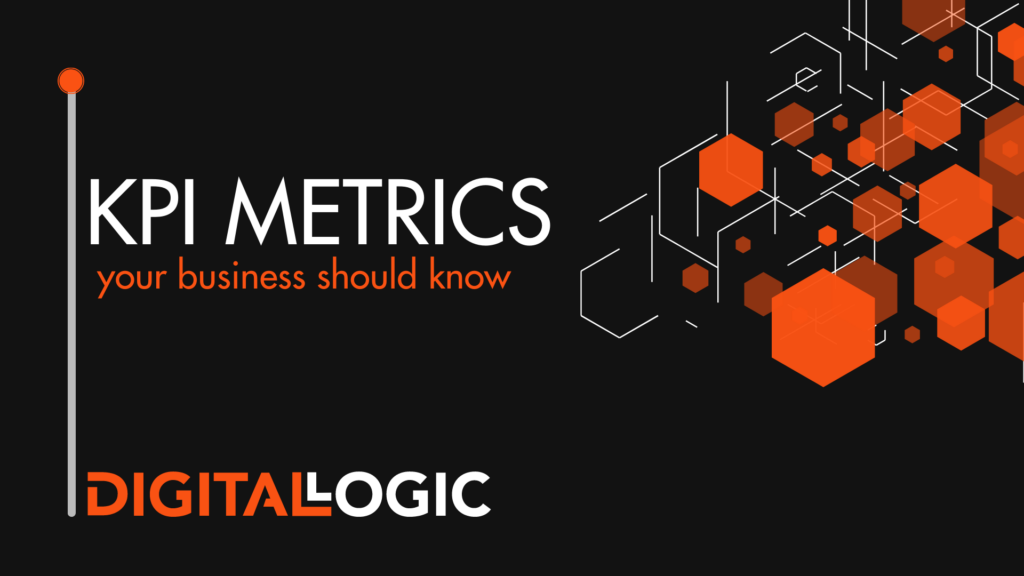
Online and social marketing channels can often be confusing for businesses.
Usually, inexperienced digital marketers and business owners throw marketing campaigns out there and see what sticks without understanding how the various marketing channels affect their bottom line.
But when using multi-channel attribution, companies can understand which marketing efforts have the greater return on investment (ROI).
They can see which Facebook ad, Google ad, Instagram post, or other channel performance drew the most people to their site and, in turn, purchased their product.
By understanding customer interaction on digital channels, businesses can direct where to allocate their marketing budgets to the marketing channel that has the greatest conversion value.
Multi-Channel Attribution in Google Analytics
Google Analytics offers businesses an easy way to track multi-channel attribution data when you’re using Google ads, especially. These multi-touch attribution models vary in how they distribute the weight among marketing channels.
Which Multi-Channel Attribution Models Are Best?
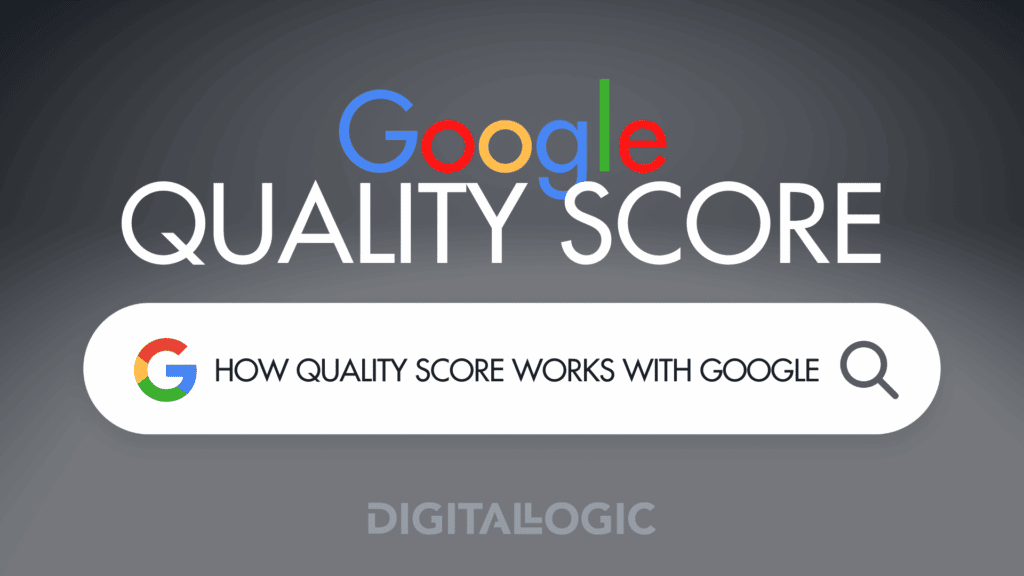
Depending on the type of marketing attribution data that you would like to collect will determine which multi-channel attribution model will work best for you; if you want to know exactly what your customers do before purchasing, the linear and time decay attribution models will better suite you.
We’ll cover the following attribution models:
- Single-Touch Attribution Model
- Linear Attribution Model
- Custom Attribution Model
- Time Decay Attribution Model
- Position-Based Attribution Model
- W-Shaped Attribution Model
Single-Touch Attribution Model
The single-touch attribution model is the most basic marketing attribution model. A single touch is broken down into three different attribution models and varies depending on where you want to weigh your attribution.
The first-click attribution model is the simplest. It credits the first channel with the conversion value. It doesn’t matter where the customer went after the first click and the purchase; that first click receives the conversion credit. The last-click attribution is the exact same as the first click but backward. What was the last channel took a viewer and turned them into a customer?
The final single-touch attribution model is the last non-direct click attribution. This attribution model credits the last touchpoint before the purchase with the conversion. The customer may click around the website before purchasing, but the last click before the purchase gets the credit.
Linear Attribution Model
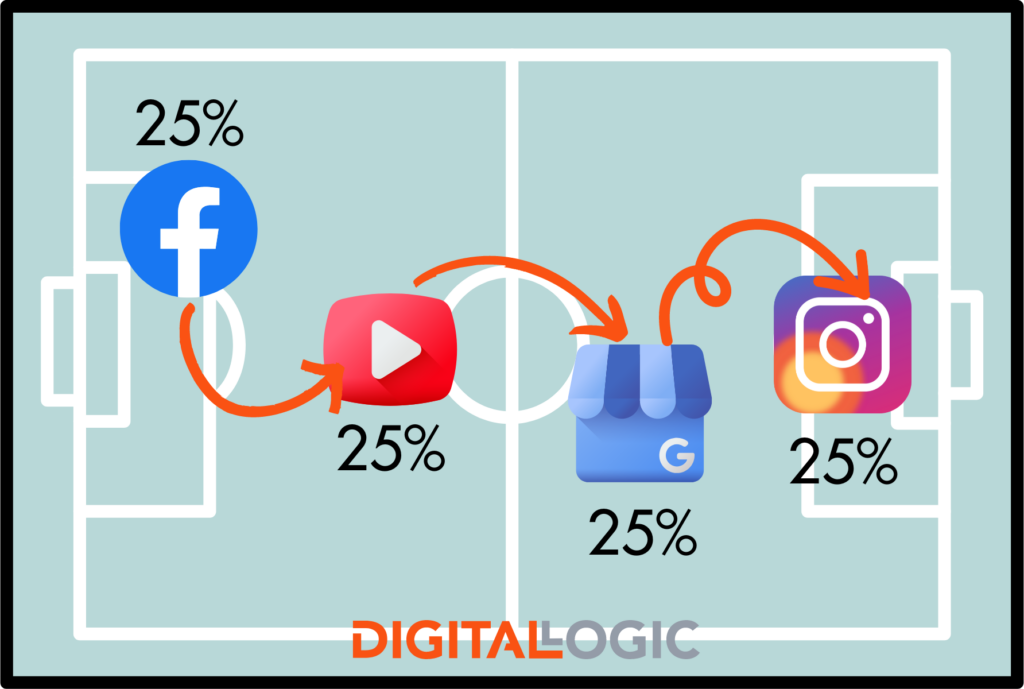
Linear attribution gives equal credit to each touchpoint during a customer’s journey. This multi-channel attribution model is great for businesses to understand how their customers interact with their brands.
This equal attribution model is often used as a jump off point for businesses that are just starting multi channel attribution models, as it is much simpler than other attribution models.
Custom Attribution Model
Custom attribution modelling is designed to fit the specific needs of a particular business. Unlike other attribution models, custom models are specifically tailored to that business’s unique multi-channel funnels.
Time Decay Model
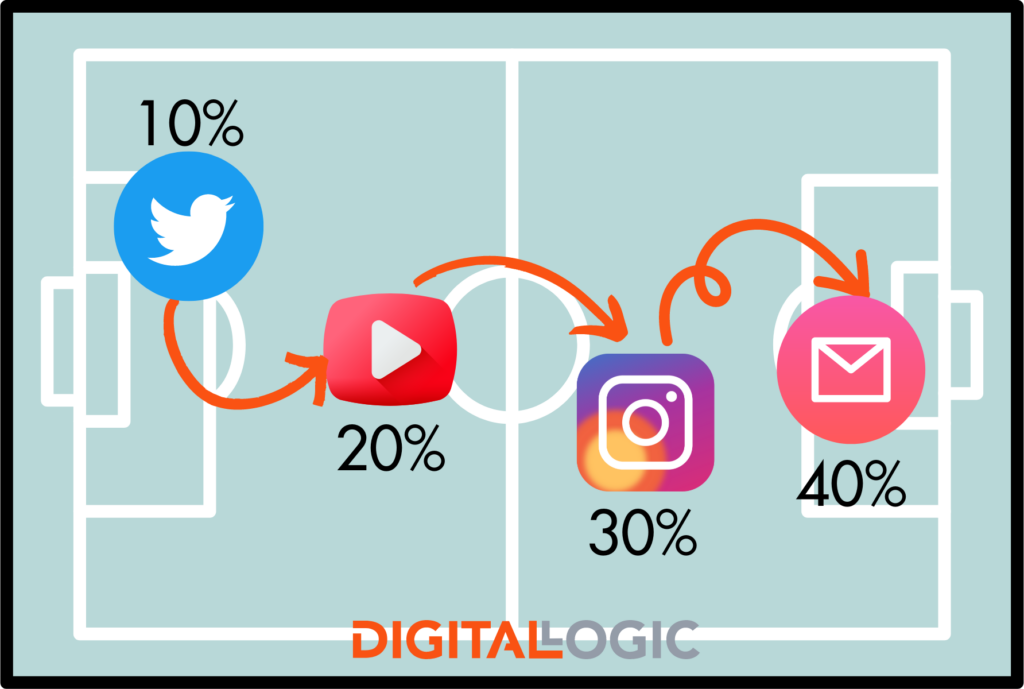
The time decay model divides the credits between the touchpoints, but the touchpoint the customer spent the most time on right before they completed their purchase receives the most credit.
The idea is that the closer a single channel is to conversion, the more influence that specific channel has on the purchaser.
Position-Based Attribution Model
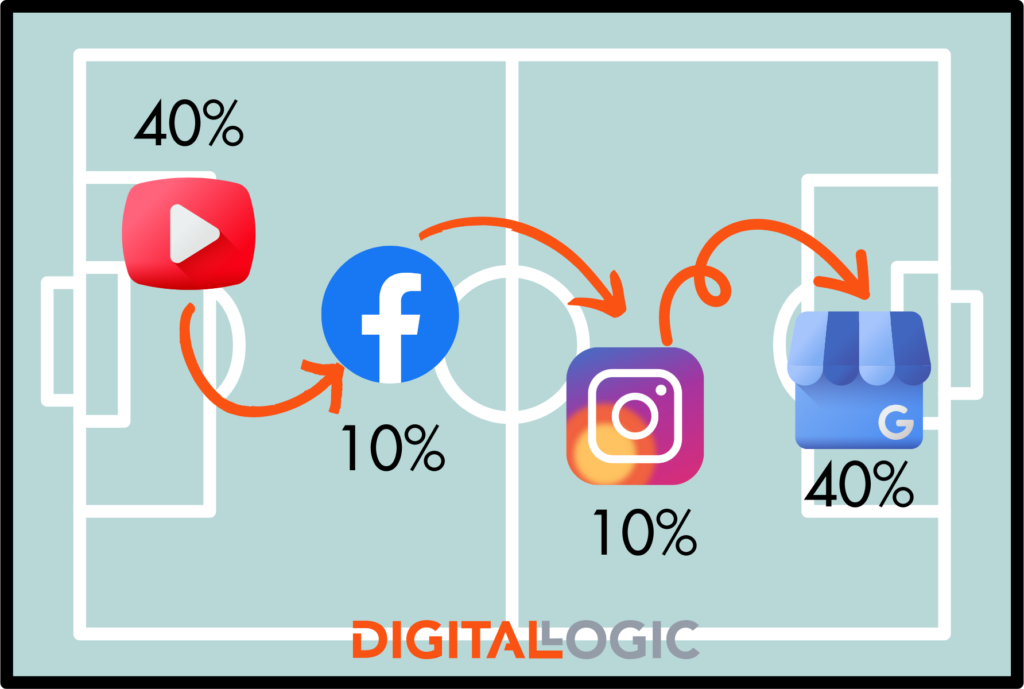
The position-based attribution is also known as the first and last channel attribution. This multi-channel attribution model puts the most weight on the customers’ first and last touchpoints. The position-based model is also referred to as the U-shaped attribution model since the heavier weight of the credits is at the first and last touchpoints, with the remaining credits dispersed in the middle.
This attribution modeling is best for businesses that want to understand better their awareness and branding campaigns, their conversion-driven campaigns, and the impacts of other marketing tools that help in between the two!
W-Shaped Attribution
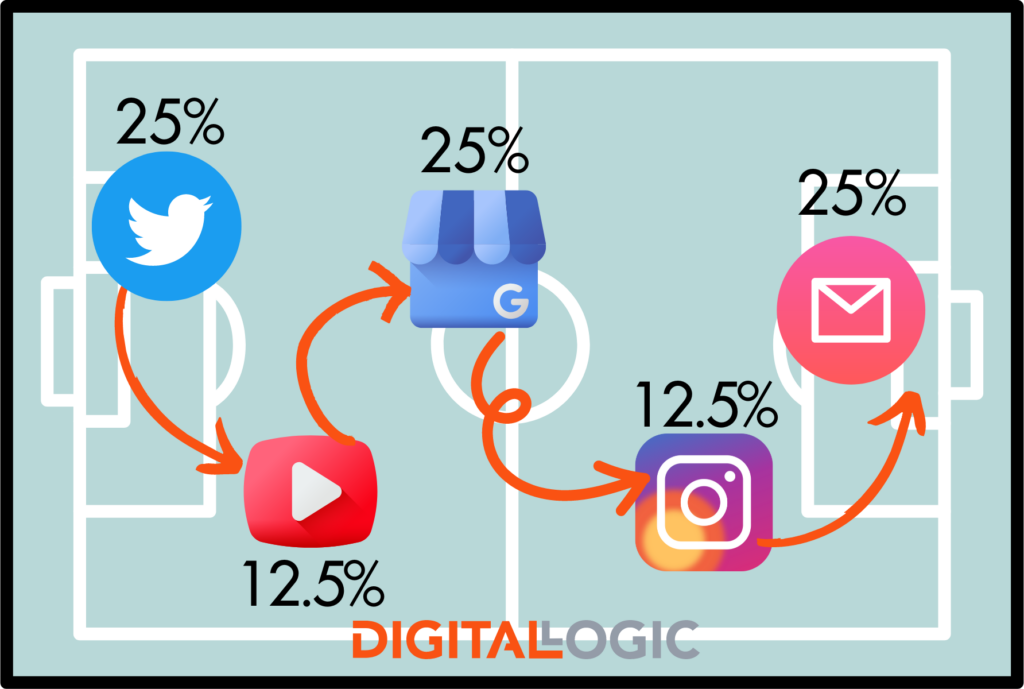
This attribution modeling assigns credit for the conversion to the first, middle, and last touchpoints. This is very similar to the U-shaped attribution model.
Challenges of Multi-Channel Attribution Models
There are two main challenges that businesses are facing with multi-channel attribution. The first is that the changes to privacy regulations and tracking technology have made gathering customer data more difficult.
After iOS 14.5, iPhone and other Apple users have the option to deny tracking.
Customers refusing to track creates problems for multi-channel attribution channels since the data is often incomplete and inaccurate. Another tracking problem is that third-party cookies are being eliminated.
Before, third-party cookies were instrumental in tracking users across websites and devices. Now that they are being phased out, businesses cannot track customer interactions over multiple channels.
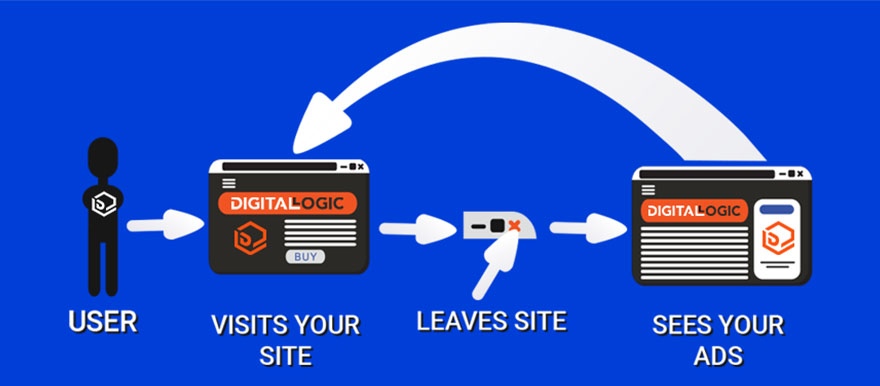
Another issue with multi-channel attribution is that offline touchpoints cannot be tracked.
Customers’ offline experiences and invisible touchpoints, like TV, in-store visits, or word of mouth, are harder to measure. It’s impossible to know if customers discovered a brand because their friend told them about it, which then made them search for the same brand on Google.
While the customer journey can be traced online, it’s impossible to know if an offline experience started their journey.
How to Grow Your Business With Multi-Channel Attribution
While multi-channel attribution has some limitations, it’s still an excellent tool for businesses to track their digital marketing. To begin using multi-channel marketing attribution, you will need to choose your attribution style, configure the analytics, and test your data.
Choose Attribution Models
When choosing the multi-channel attribution model that best suits your needs, you need to determine the data you want to measure.
Do you want to measure the first interaction or last interaction or a little in between?
Looking at existing data is the best way to decide which will work for you. By analyzing existing data, you can determine which marketing attribution channel will give you the results you’re looking for. You will also want to compare multiple data sources before deciding which multi-touch attribution is right for your business.
If you aren’t sure where to begin, analyzing data from various sources can help you choose the right multi-touch attribution. Or, you could speak with a pay per click consultant from Digital Logic.
Configure Analytics
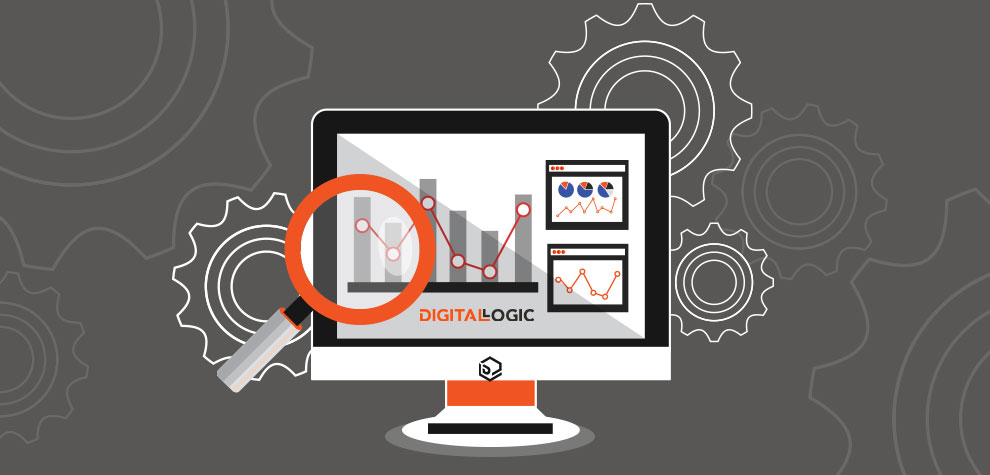
Next, you will want to configure your analytics. When Google migrated to Google Analytics 4, it created a challenge with multi-channel attribution.
Default settings are usually programmed to single-touch attribution, so businesses will need to choose which multi-channel attribution will credit each conversion.
- The cross-channel first click is a single-touch attribution that gives 100% of the credit to the first channel the customer clicked.
- The cross-channel linear is a multi-touch attribution that splits the credit equally among all channels before converting.
- The cross-channel position-based assigns more credit to the first and last interactions and divides the rest of the credits to the middle channels.
- The cross-channel time decay gives more credit to the touchpoint closest to the actual conversion.
Test Your Data Across Marketing Channels
After choosing your multi-channel attribution and configuring your analytics, you now wait. This is the best time to test your data across multi-marketing channels.
For instance, if you roll out a Facebook campaign and conversions increase, but everything else remains the same, consider weighing first-click conversions. Surveys are also a great way to gauge your customer journey.
If your customer made a purchase because of social media posts, but most conversions are geared towards email marketing, you should shift your multi-channel marketing strategy.
Work With an Experienced Marketing Agency
At Digital Logic, our marketing team has extensive experience navigating countless data touchpoints. We base all of our marketing decisions on real data. Here, we have a saying, “If we can’t track it, we don’t do it.” The insistence on only providing real value for ourselves and our customers has helped our company grow exponentially!
Our digital marketing agency specializes in search engine optimization services and Google ads services.
If you’d like a free SEO audit, call one of our marketing professionals for your free consultation today!
